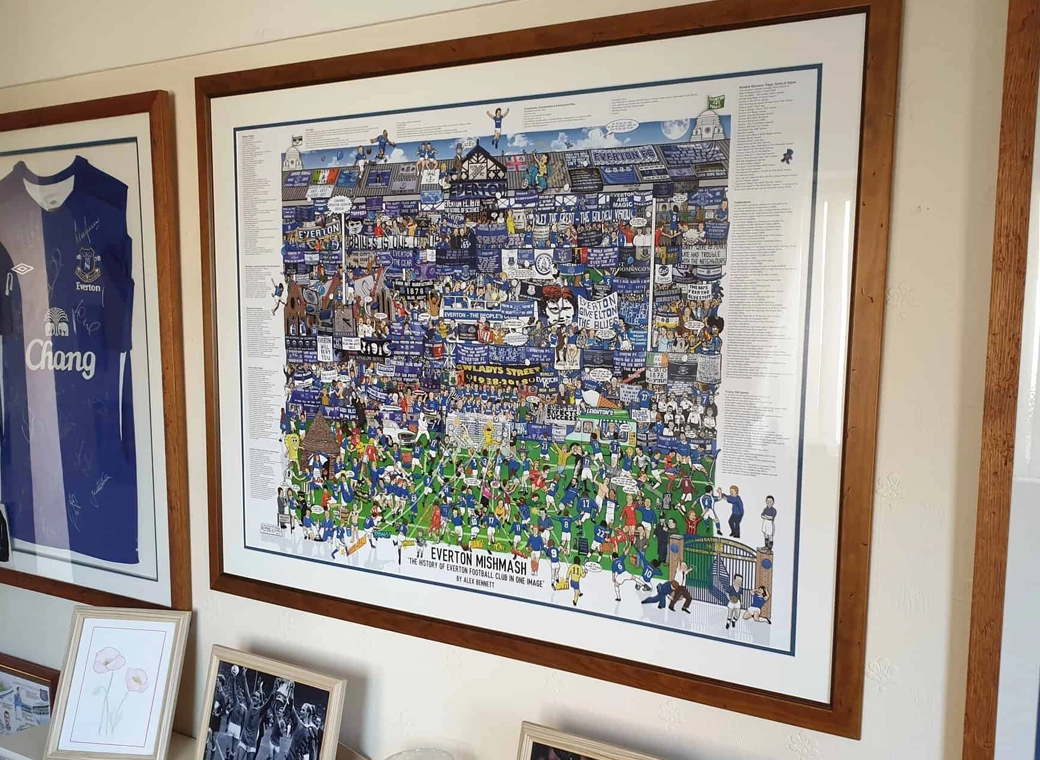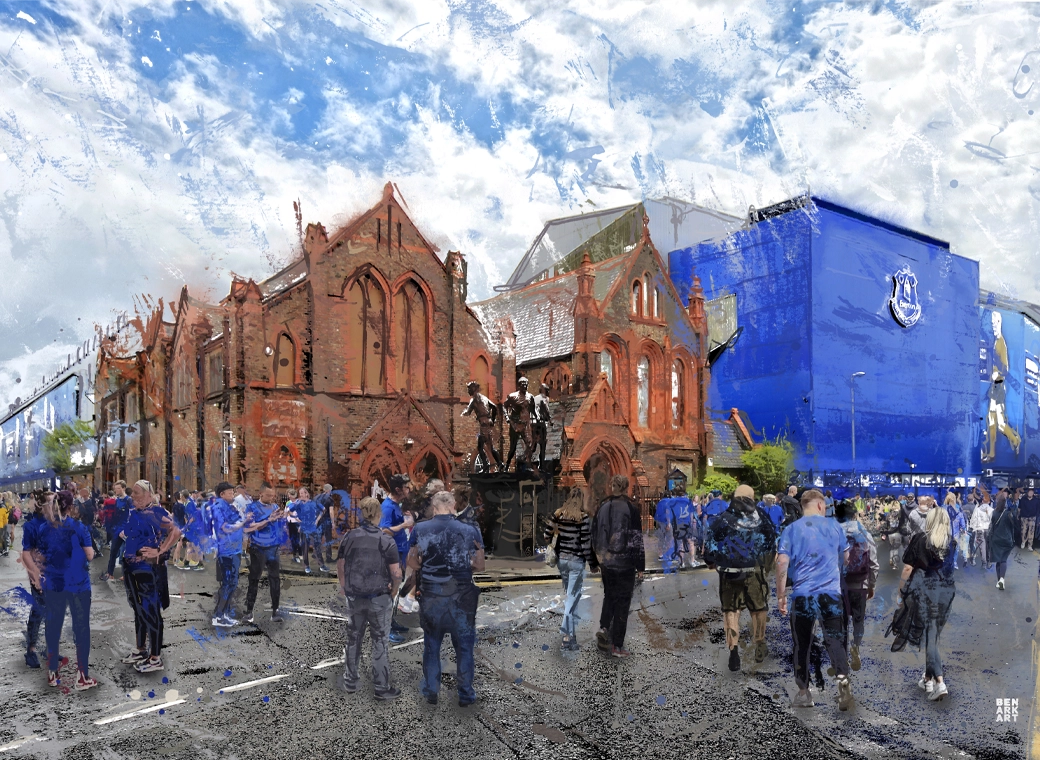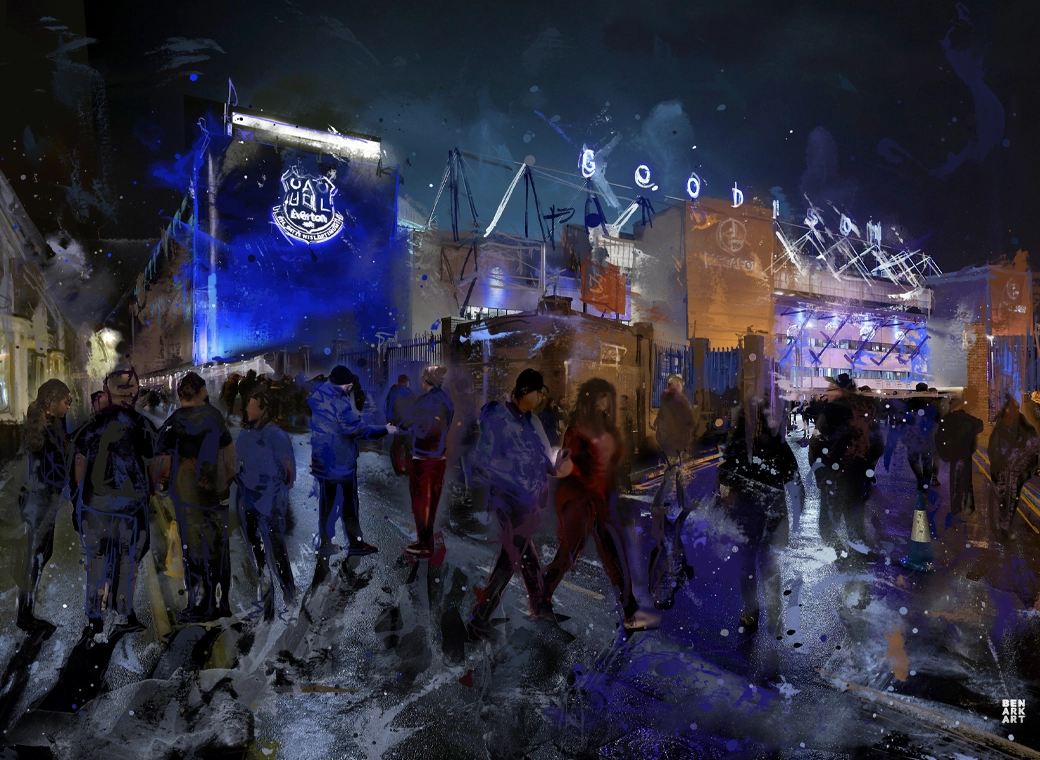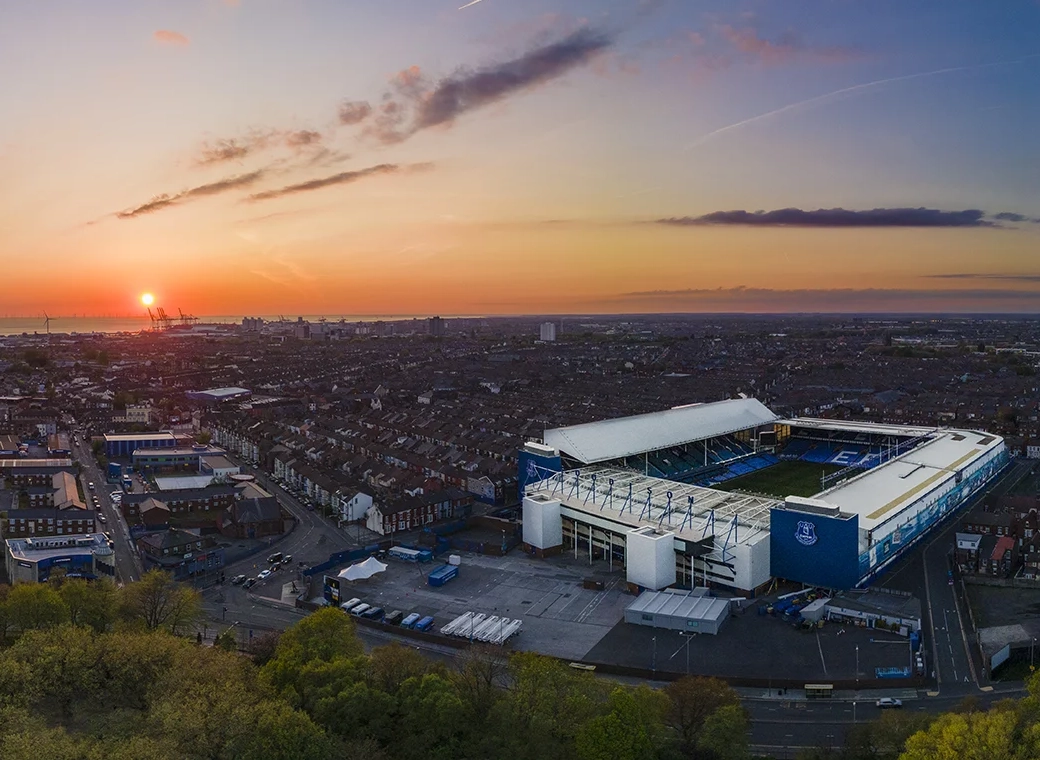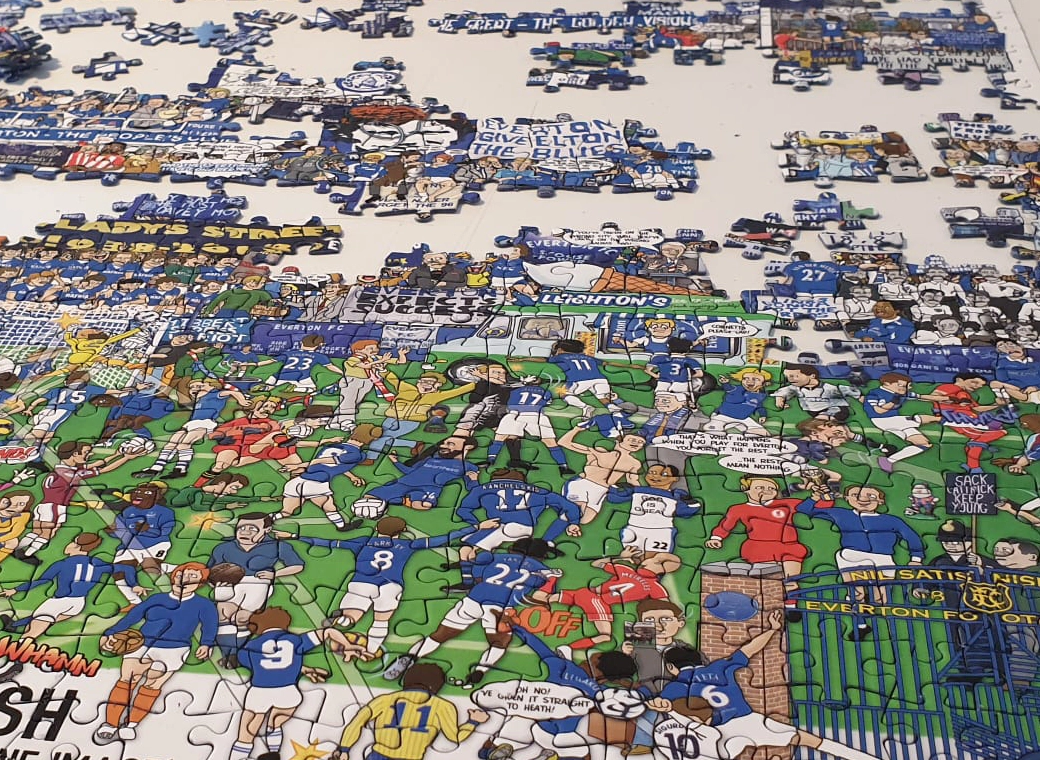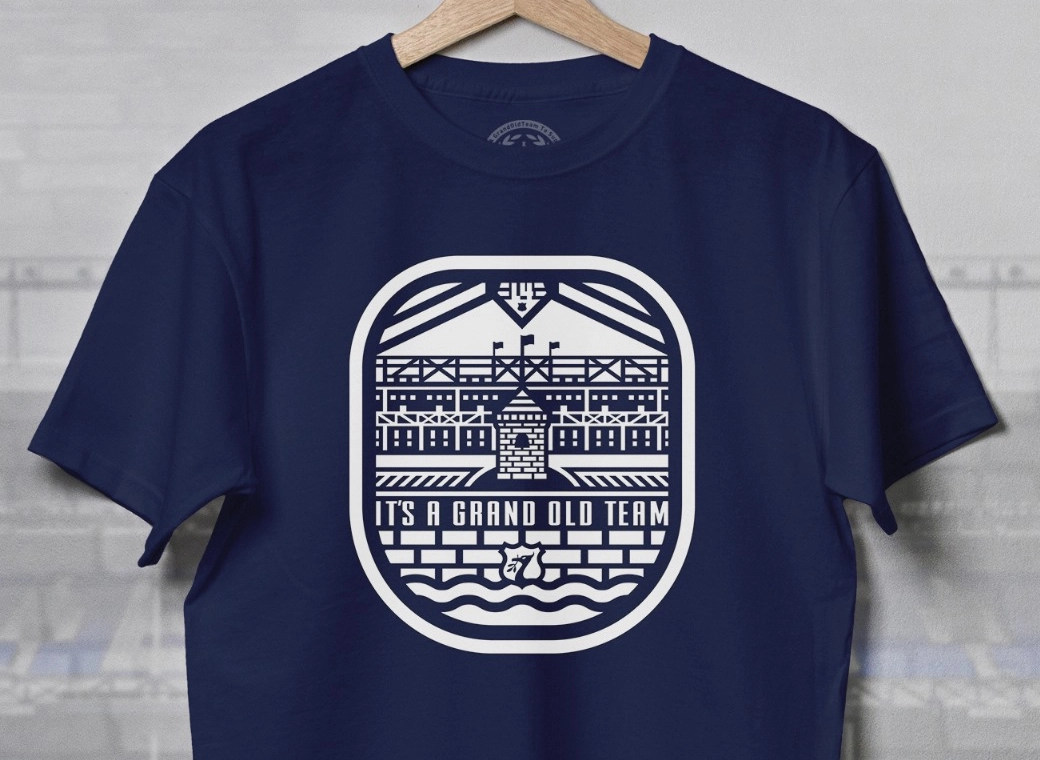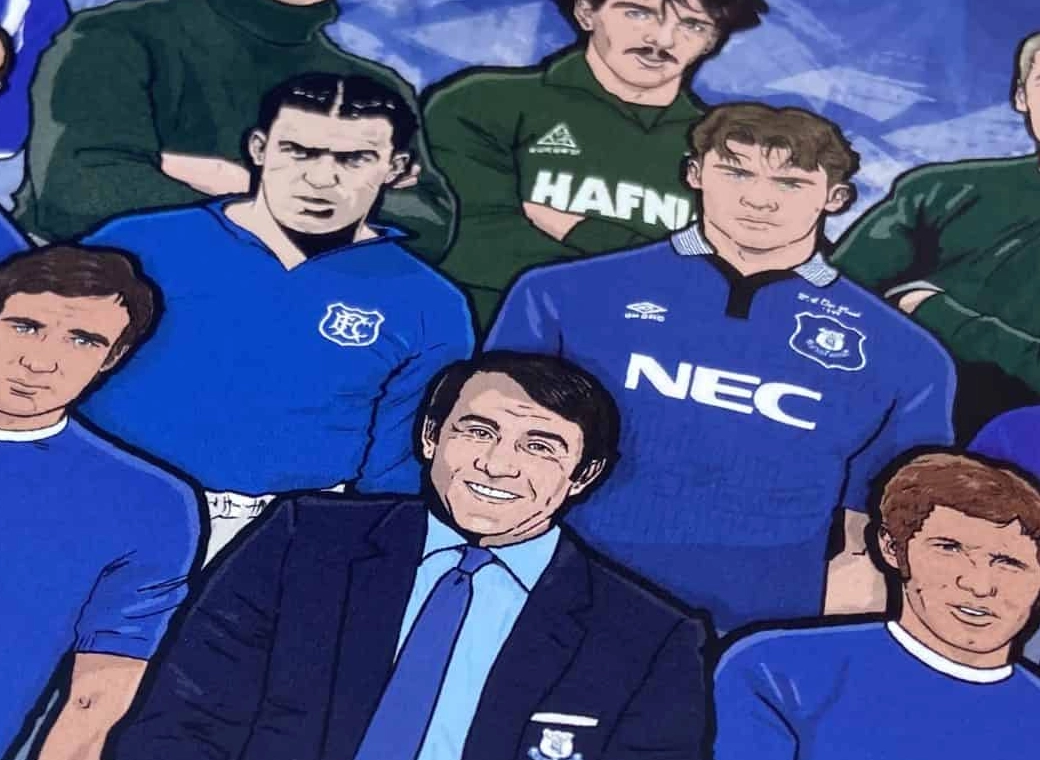jonnyboy316
Player Valuation: £35m
Part 4
The issue of City supporters' identification with the space of the City of Manchester Stadium appears to permeate the whole of the new stadium development. However, there also needs to be a discussion of the wider rationale of the facility, understood through the issue of inclusion through the wider City community, if there is to be a more comprehensive picture gained and further the discussion in relation to the stadium and a sense of place.
Whilst a range of issues have clearly been raised through an analysis of the City of Manchester Stadium and a sense of place which relate to a dissatisfaction with the new stadium space and a lack of identity being felt within, there also needs to be an appreciation of how the new stadium itself has been received as one of inclusion. This is important to show how ‘other’ Manchester City fans have indeed championed the new stadium facility and how the general pining for all things Maine Road can be seen here to be reversed. The wider City community can then be incorporated into issues surrounding the stadium and a sense of place. In this context, it needs to be registered that the City of Manchester Stadium has won a number of design awards, including the 2004 Royal Institute of British Architects (RIBA) Inclusive Design Award for inclusivity in building design. This RIBA Inclusive Design Award in association with the Centre for Accessible Environments (CAE) and Allgood celebrates inclusivity in building design and demonstrates that good design results in environments that are safe, convenient and enjoyable to use by people, regardless of disability, age or gender. Arup Associates' Dipesh Patel, the lead architect for the City of Manchester Stadium project, argues that historically stadia have been particularly inhospitable places for older and disabled spectators and children. Arup Associates then have set out to design an environment that encourages all sectors of the community to enjoy and participate in sporting events.22 Throughout the entire design process of the new stadium development, from concept to the final modifications, the stadium architects, council and Manchester City FC worked in consultation with the access consultants Access All Areas, with the aim being to create the most accessible leisure and community facility in the country, catering for all sections of society.23 As part of the design process a series of seminars were held with the Manchester City FC Disabled Football Supporters Association to ensure that proposals were relevant to all needs. Whilst it can be argued that some areas of Maine Road had been rebuilt and modernized, the accessibility of that stadium, particularly for wheelchair users, was dismal in comparison with modern stadium venues. Through the importance placed on inclusion for the design and build of the facility, the City of Manchester Stadium has been designed so that on every level the seats are integrated so that wheelchair users remain a part of the crowd rather than separated from the atmosphere as is usually the case in sporting arenas. Wheelchair spaces are indeed located at all levels and price bands throughout the COMS, with the spaces being integrated into the main body of the seating which allows parties with both wheelchair users and non-wheelchair supporters to sit together.24 Nigel Baguley, Secretary of the Manchester City FC Disabled Supporters Association, argues that with regards to the City of Manchester Stadium, ‘it is the way that all future stadiums should be constructed, in catering for the needs of disabled supporters. I have been a Manchester City fan for forty years, and having encountered prehistoric amenities at some grounds, it is a real pleasure going to matches at this stadium.’25 With regards to the inclusiveness of the matchday experience he goes on to state that, ‘my place, like all the wheelchair spaces, is situated on a raised platform, just behind the able-bodied supporters, but because we are sat slightly higher than they are, our view is not obscured when they stand up, and because we are not in a “segregated area” I feel much more a part of the crowd, and the atmosphere’.26 Through an appreciation of the sentiments expressed by Nigel Baguley in relation to the issue of inclusion within the new stadium build, which includes this feeling of being part of the crowd and not part of a ‘segregated area’, the issue of the sense of place is raised from a different faction of the city support, which is not traditionally detailed and reported. Through an acceptance of looking at the geographical space of the stadium away from the traditionally represented fan communities, the position of the new stadium within a wider remit of social inclusion allows for a wider debate to be conducted regarding the stadium and a sense of place.
Through an analysis of the City of Manchester Stadium, there are a range of issues which are raised which allow the stadium and a sense of place to be explored through the new stadium build. Questions are raised on the multi-functional stadium facility and the City fans' sense of ownership of the stadium space due to its eclectic usage, whilst the naming of the stadium itself, both ‘officially’ and ‘non-officially’, has been noteworthy as the City supporters try to identify with the new sporting and cultural space. The splitting up and atomization of some groups of City fans within the new stadium, who had previously watched City play at their former home of Maine Road, also raises issues on the stadium and a sense of place as fans try to renegotiate their fandom within its inner spaces. The fact that an Atmosphere Action Group was formed in City's early tenure of the City of Manchester Stadium and the designation of a temporary ‘singing area’ within the stadium space displays a lack of identity felt by the supporters with the new stands themselves. The attempt to bring aspects of Maine Road to the new stadium development, in order to forge an identity, is also interesting as part of a general bringing of the old to the new within new stadium developments, both in Manchester and in other high profile stadium relocations that have taken place within the British professional football industry. It can be argued that with regards to the stadium and a sense of place, the visual dimension to the spectating experience still seems to be an important aspect to the stadium visitation, with supporters appreciating difference over sameness in architectural design, and other visual markers to identify the football club's presence within the stadium. The issue of the regulation and control of the stadium has also been seen to resonate through the analysis of the new stadium development. With the reports of heavy-handed stewarding and a more sanitized spectating experience perceived within the stadium, leading to some supporters turning to the public houses in the vicinity of the City of Manchester Stadium instead of the stadium itself to celebrate their fandom, another angle of investigation is then created. Rising out of this general disappointment with the new stadium facility, the fans' forum group Bluewatch which has been particularly concerned with improving the matchday atmosphere at the stadium can be seen to have been a central agency in trying to create a sense of place within the new City of Manchester Stadium. In reaction to a variety of issues including a lack of atmosphere, which did not appear to be growing organically within this new sporting space, the group's attempts to inject noise, colour and a sense of locality and identity to the new stadium proves a significant development in groups coping within football fan culture with change in the stadium. There is certainly a real concern over what has been lost through the move to the new sporting home, through the mobility of city cultures. Finally an analysis of this community facility which was built with a remit of social inclusion throws up questions regarding who exactly inhabits the stadium space, the question of marginalized supporter groups, as well as other areas of investigation into the stadium and a sense of place.
Through this analysis of Manchester City FC and issues surrounding the club's relocation to the City of Manchester Stadium, the issue of sporting tophilia is then brought to life. In this ‘post-millennial’ context of locational and geographical change, which has taken place through a range of high profile relocations in British professional football, the eclectic space and place of the stadium is there to be redoubtably explored. With many more clubs certain to leave their traditional and historical stadiums to take up residence within purpose-built new homes in the years to come, with the current trend to relocate showing no signs of slowing down, it really is a matter of ‘watch this sporting space’.
A good read and we will certainly suffer from this but not to the same extent as City or West Ham. Both their stadiums were not purpose built football grounds. Our stadium has been built for us after a huge amount of consultation. Also The Docks will not be a sanitised location




